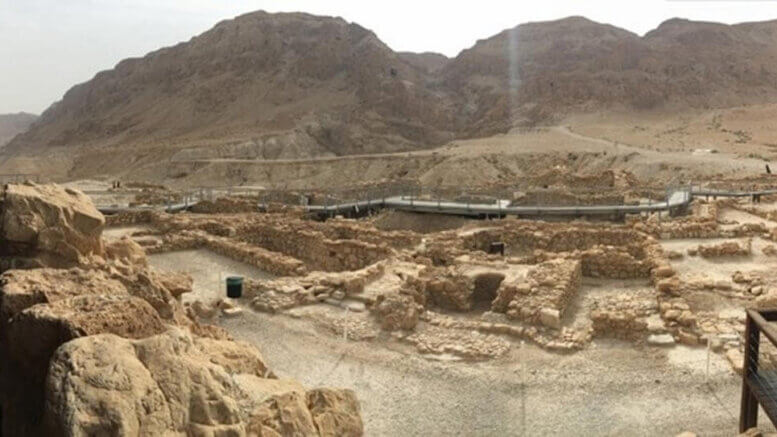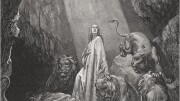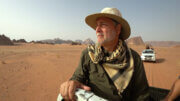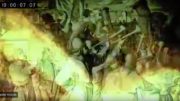Dr. R. Brian Rickett | July 10, 2020 | Evidence
Summary: A recent flurry of interest in the Dead Sea Scrolls creates opportunity for fresh evaluations.
A voice cries: “In the wilderness prepare the way of the LORD; make straight in the desert a highway for our God. – Isaiah 40:3 (ESV)
Revisiting the Essenes: A Brief Update on Qumran
Just one mile from the Dead Sea – the lowest place on earth by elevation, a lonely, isolated, and abandoned settlement sits in the dust. The landscape is famously rugged, and the harsh climate makes survival difficult. Yet, it is precisely because of this remote solitude that a group of ascetic Jews established a monastic community here in antiquity.
The name of the place is Qumran, and within view of the settlement there are caves long-forgotten until 1947 when they began yielding one of the greatest archaeological finds of all time. The Qumran Caves Scrolls, also known as the Dead Sea Scrolls, were discovered by accident when teenage Bedouin shepherds entered one of the caves reportedly after hearing the sound of breaking pottery from a thrown rock.
The scrolls and their fragments were preserved because they had been contained in earthenware storage jars, some of which were still intact. They were made up of various religious writings including extensive sections of books from the Hebrew Bible (Old Testament) that were the oldest known copies by about 1,000 years. Although the Qumran settlement had previously been explored in the 19th century, the caves and their treasures had remained unknown.
‘Thus says the LORD of hosts, the God of Israel: Take these deeds, both this sealed deed of purchase and this open deed, and put them in an earthenware vessel, that they may last for a long time. – Jeremiah 32:14 (ESV)
The inhabitants of the community at Qumran have long been connected to the Jewish religious sect known as the Essenes. This view has dominated since Qumran Cave excavating pioneer Roland de Vaux published his findings in Archaeology and the Dead Sea Scrolls in the middle of the 20th century. Recently, however, new questions have surfaced about the source of the Dead Sea Scrolls.
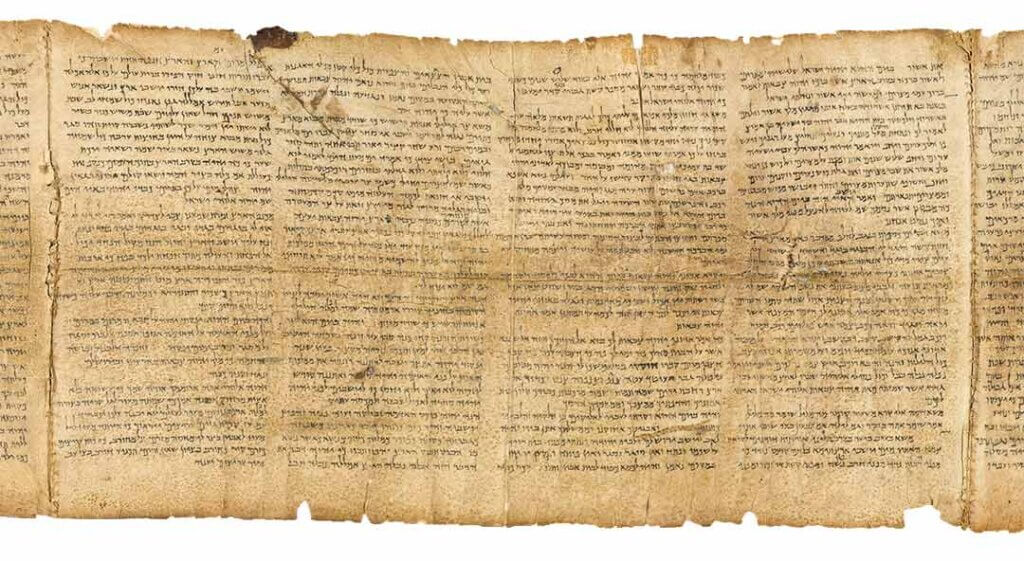
CONTINUE TO FULL ARTICLE ON PATTERNS OF EVIDENCE

